To the de Havilland museum, on
the last weekend before it closed for the winter. Many images follow:
cc-by-sa on
everything.
We started with the engines:
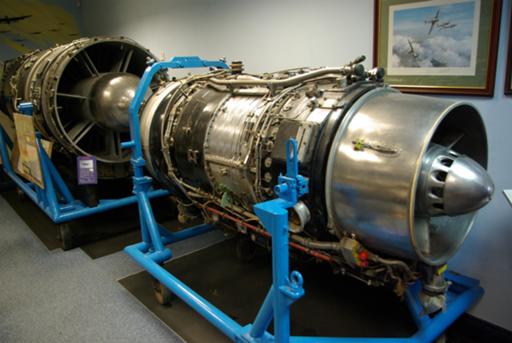
a Gyron Junior,
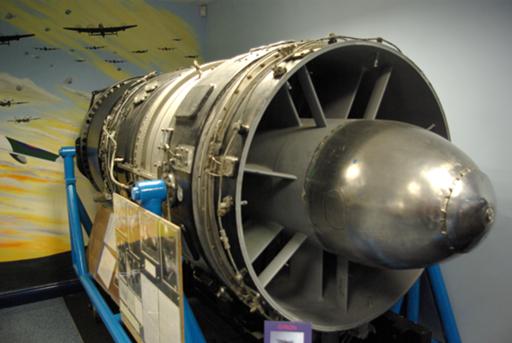
its big brother the Gyron,
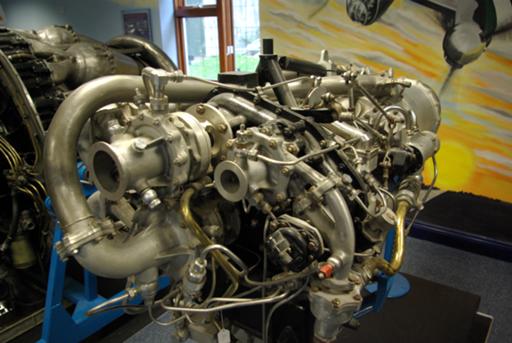
the Spectre rocket engine (for the SR.53),
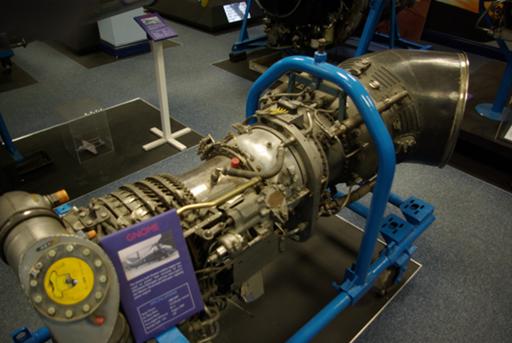
the Gnome turboshaft,
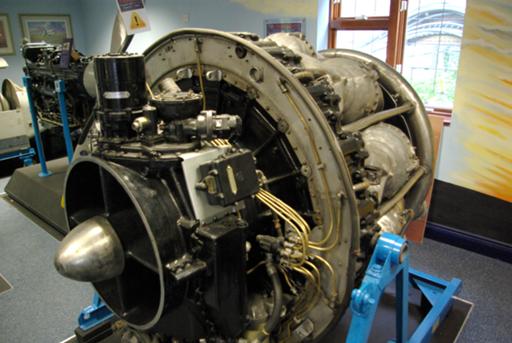
the Ghost turbojet (first gas turbine in airline service),
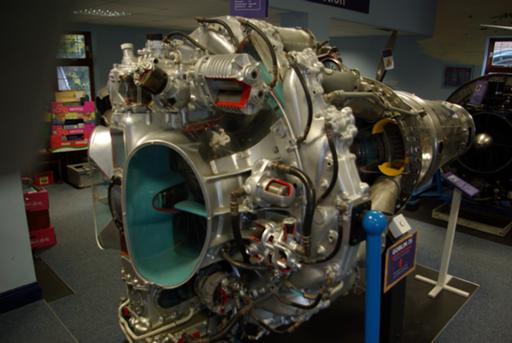
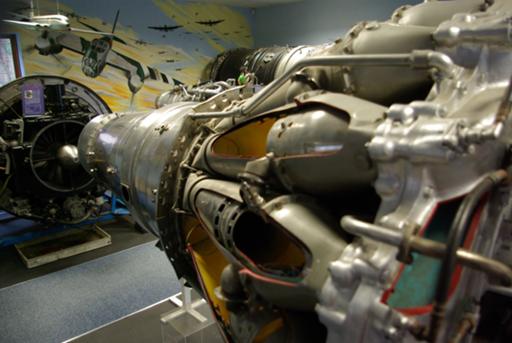
the Goblin (somewhat cut away),
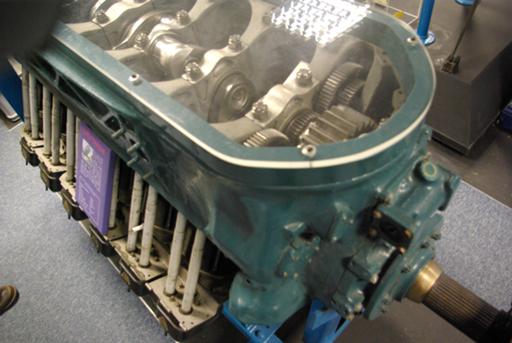
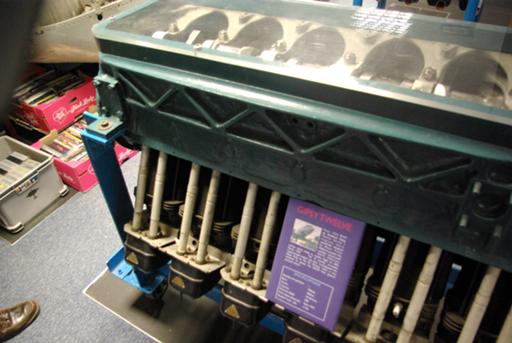
the Gipsy Twelve,
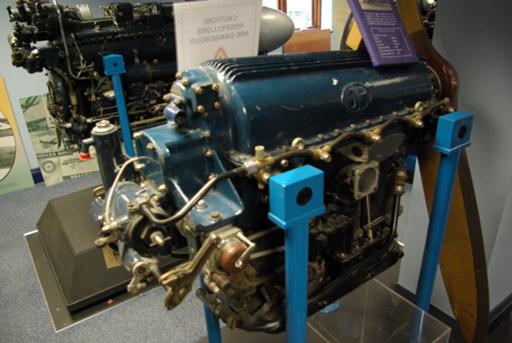
the Gipsy III (an inverted version of the II),
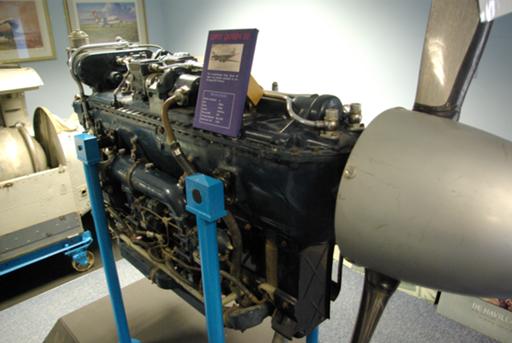
the Gipsy Queen 30 (post-war design),
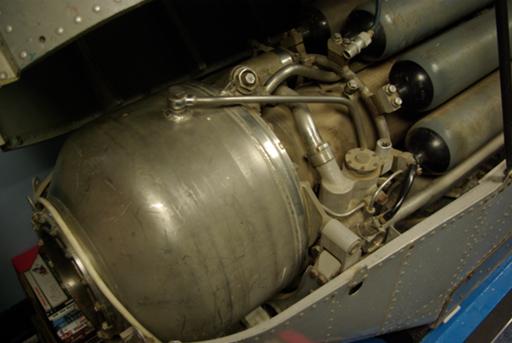
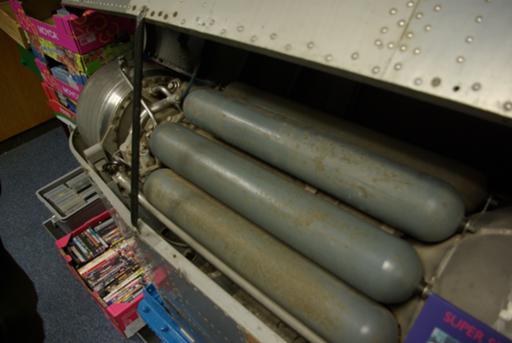
and finally the Super Sprite, a self-contained peroxide/kerosene
rocket engine for JATO use. (The long thin tanks are nitrogen bottles
for pressure, as it did without a fuel pump.)
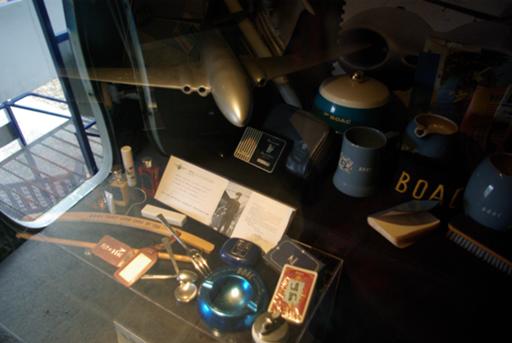
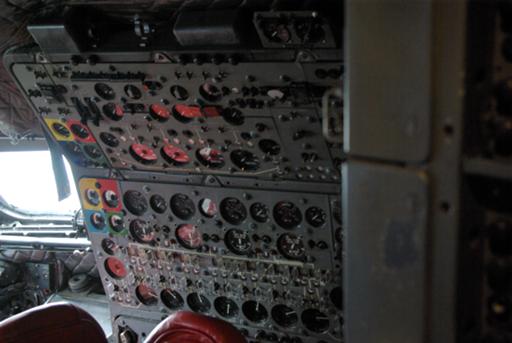
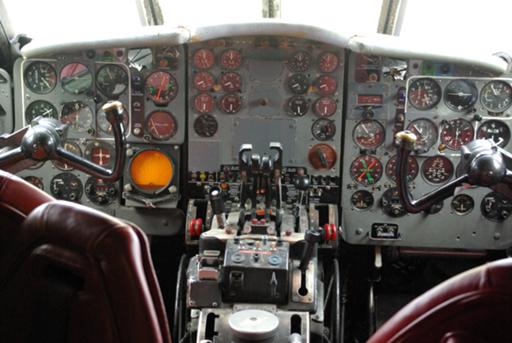
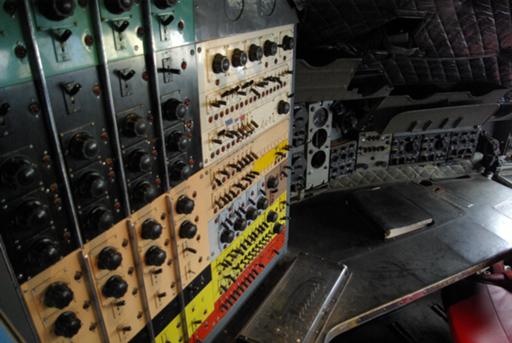
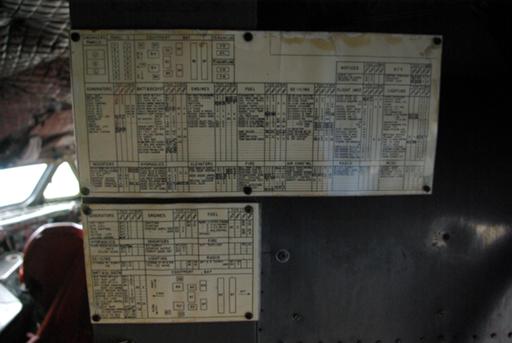
On to the Comet Mk 4 (just a forward fuselage section with cockpit).
Various memorabilia, and a good view into the pointy end. Note weather
radar on the lower left console, comprehensive gauges for the flight
engineer, and the radio operator's panel with more engine
instrumentation too. And the breaker panel labels!
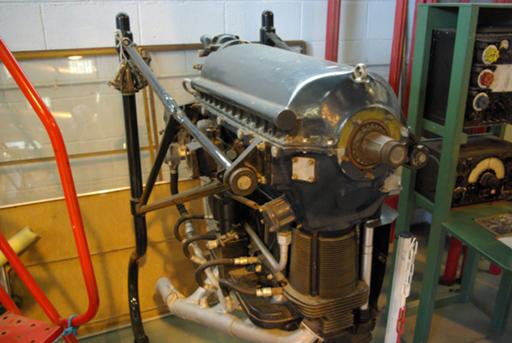
Nameless engine in the main hangar, probably an original Gipsy. (More
likely to be a Gipsy Minor; see comments.)
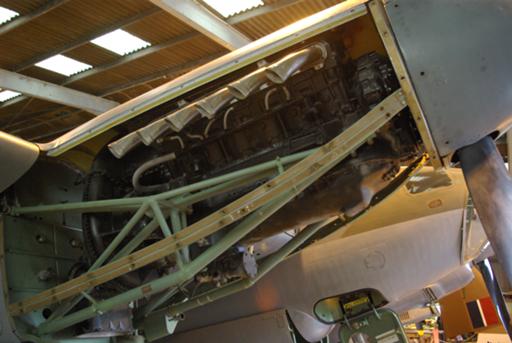
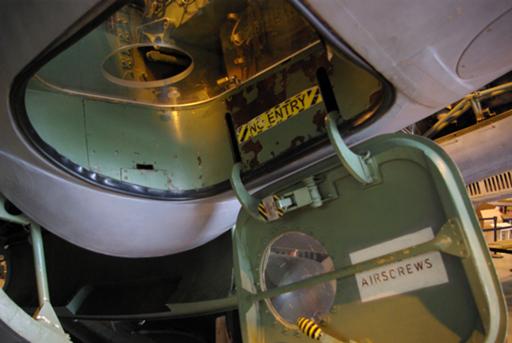
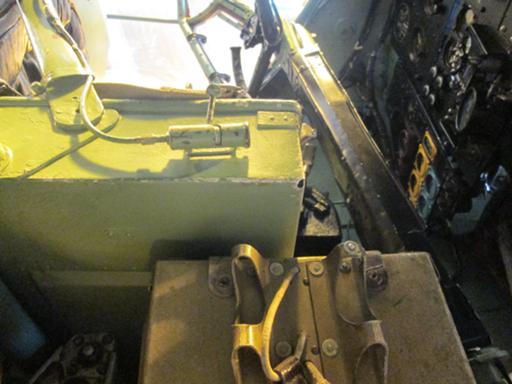
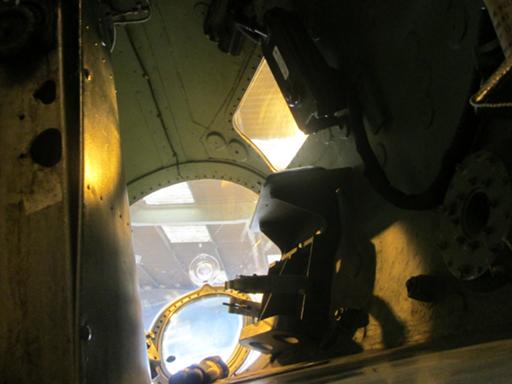
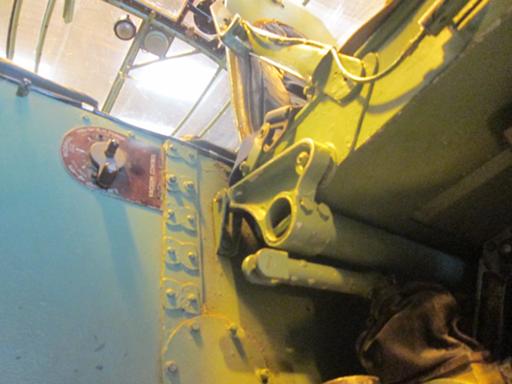
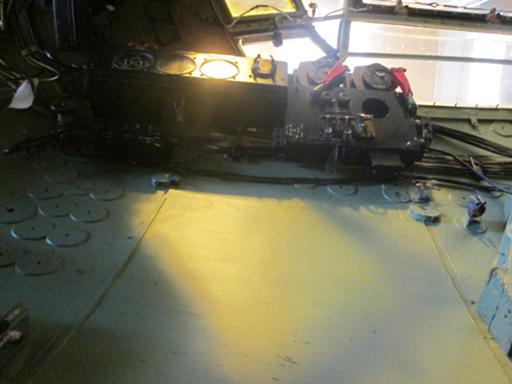
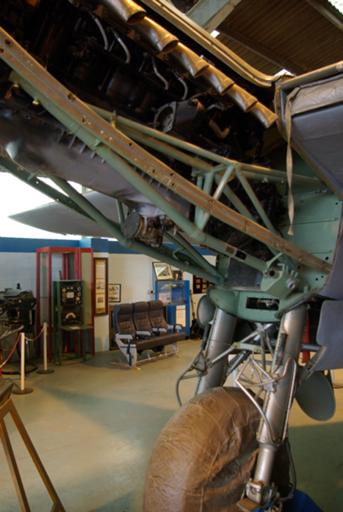
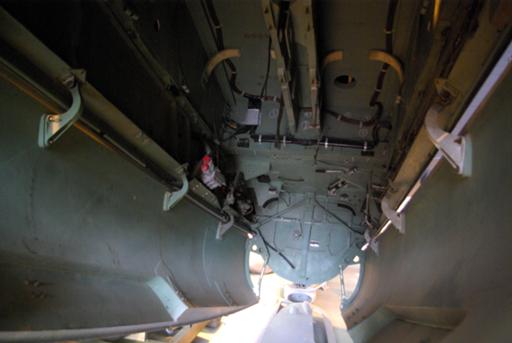
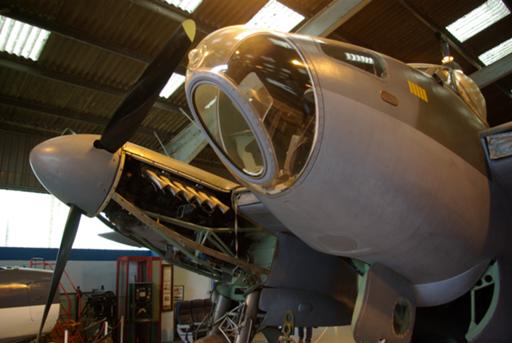
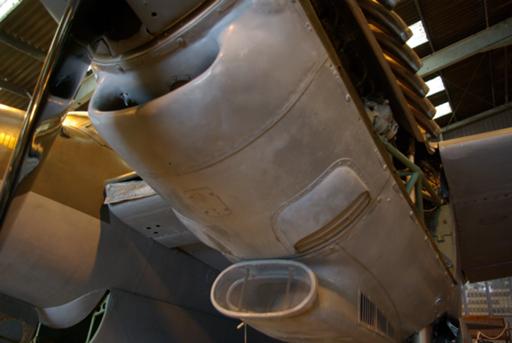
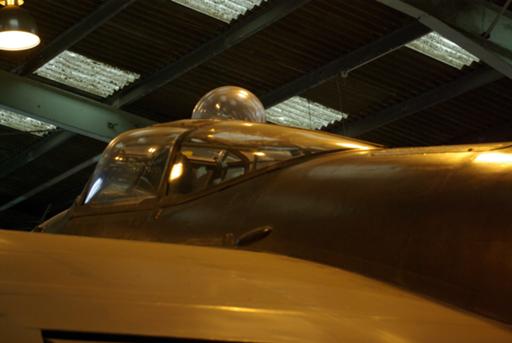
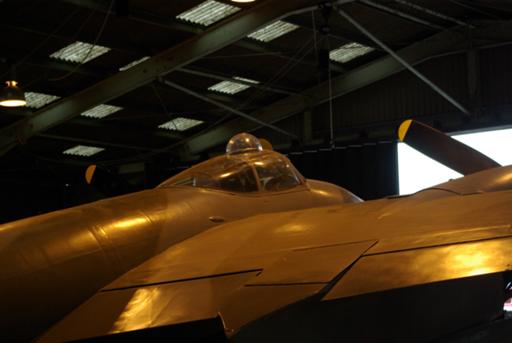
Mosquito TA634.
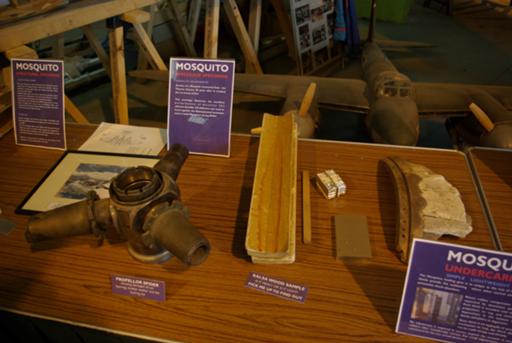
Various bits of wreckage.
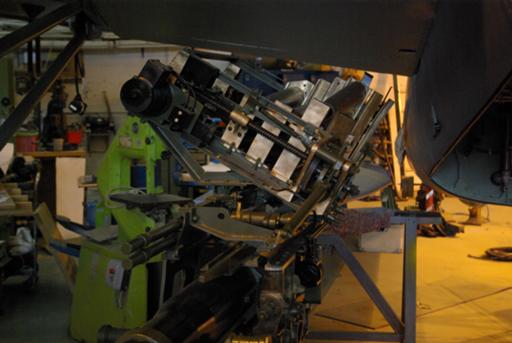
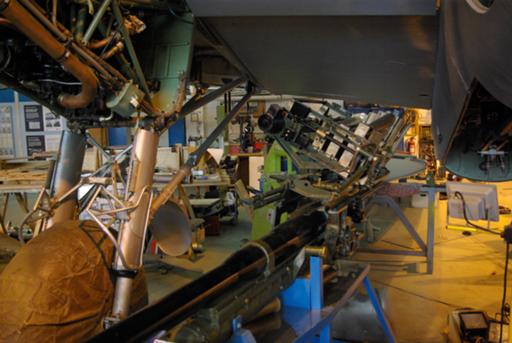
Molins 6-pdr gun below Mosquito TA122.
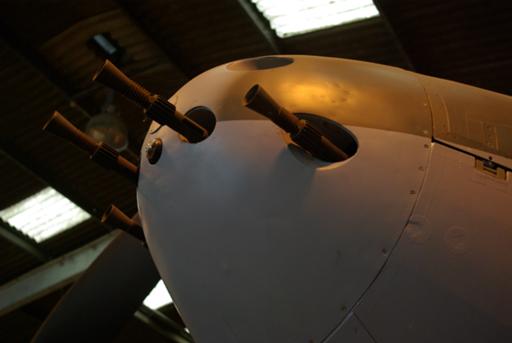
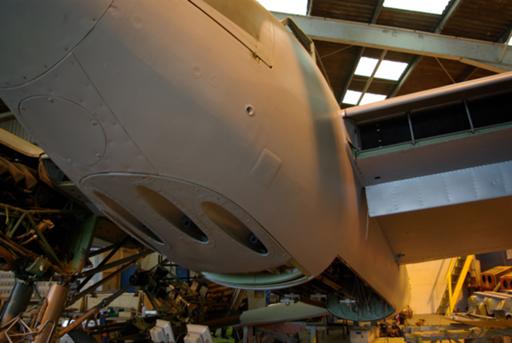
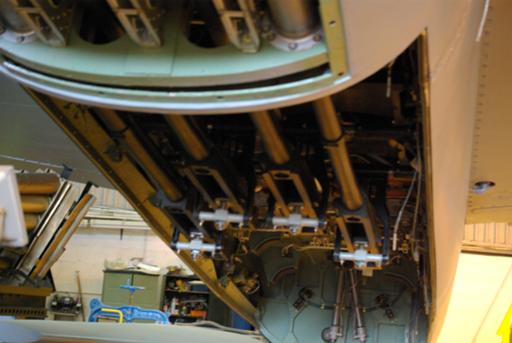
More of TA122: .303 nose guns, 20mm cannon in belly taking up front
half of bomb bay.
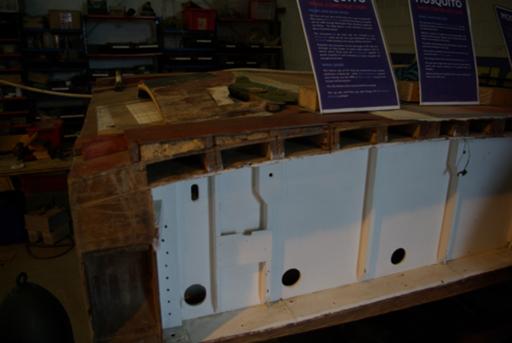
Wing section.
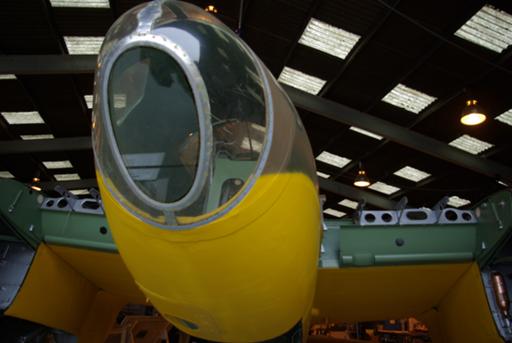
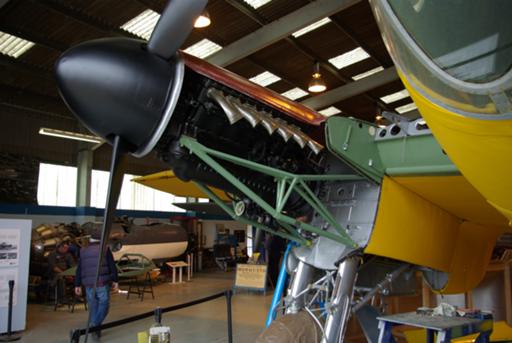
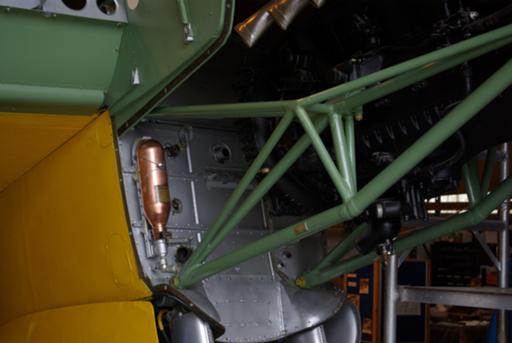
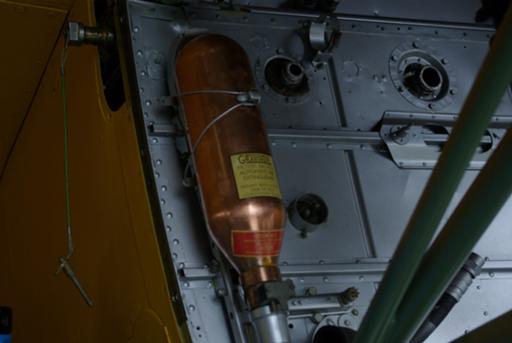
Mosquito prototype, under active restoration.
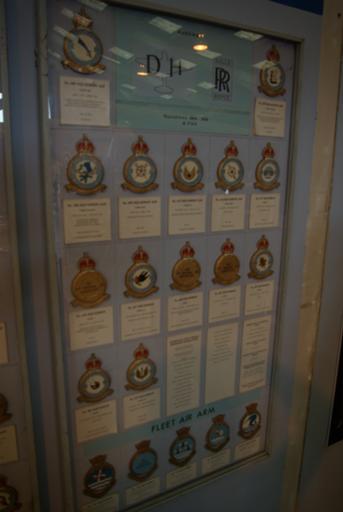
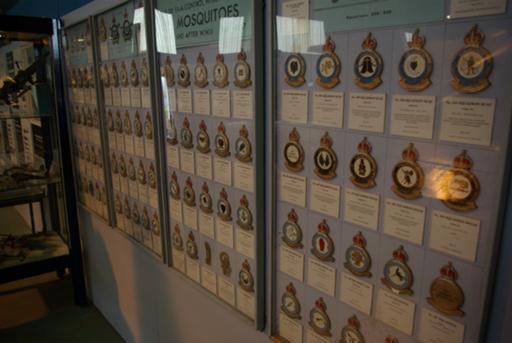
Squadron badges.
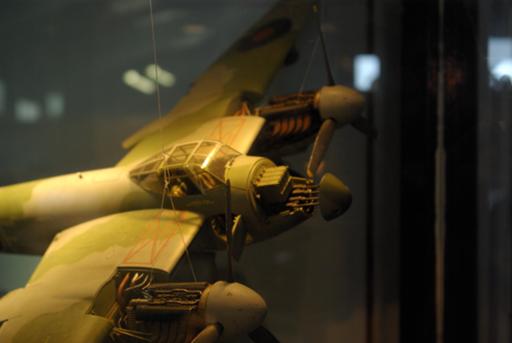
Scale model, showing the advantage of the nose guns: lots of space for
ammunition storage.
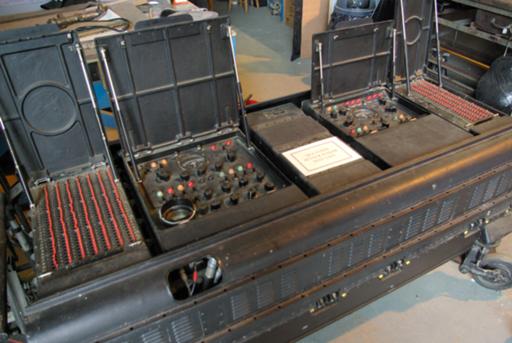
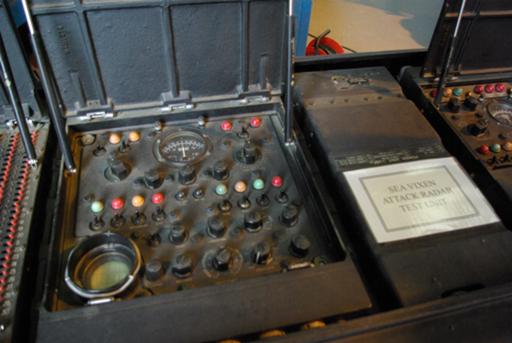
Test unit for the Sea Vixen's bombing radar. We assume that the red
switches insert synthetic targets.
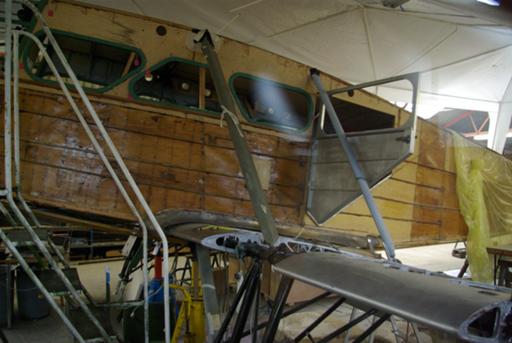
Dragon Rapide under restoration. I love these planes, and not just
because I've been up in one.
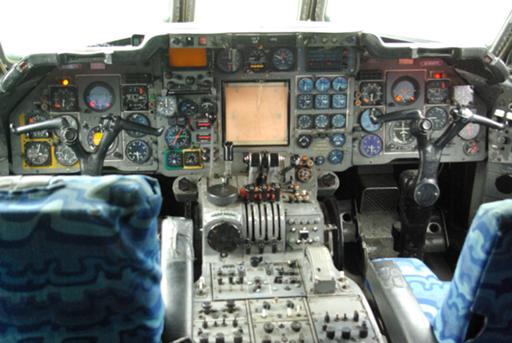
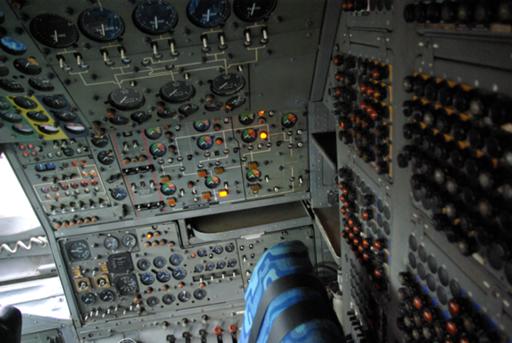
Trident cockpit including flight engineer's station: clearly a
significant advance over the Comet. (For a start it's a three-person
cockpit.)
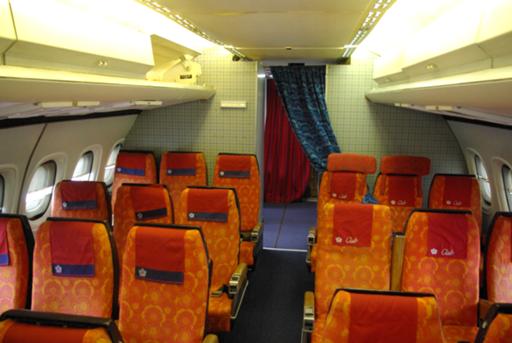
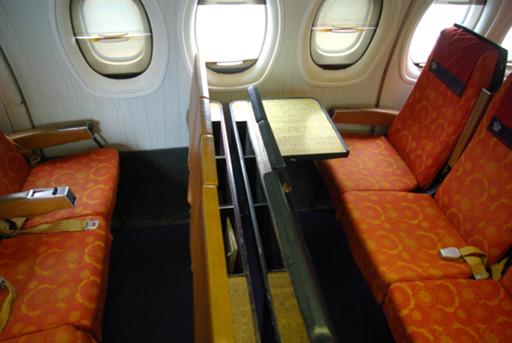
Trident first-class cabin.
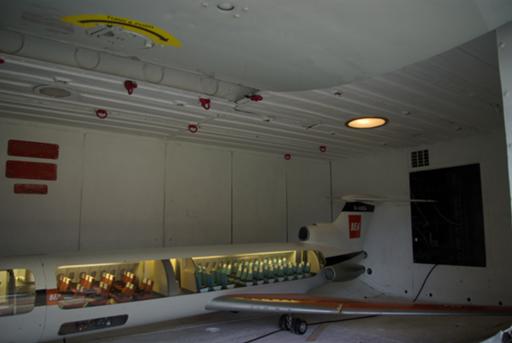
Trident cargo bay and model.
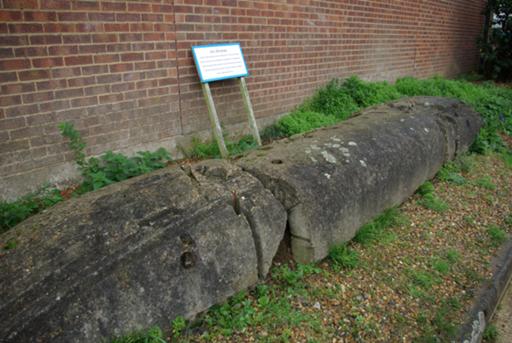
Concrete form for Hornet fuselage sections.
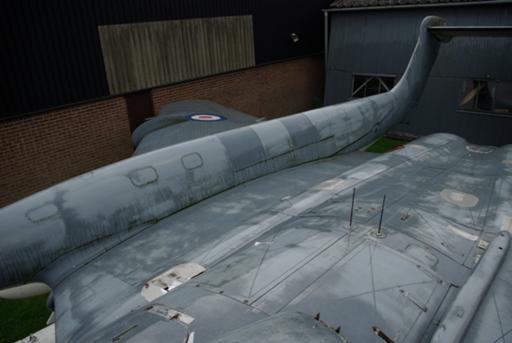
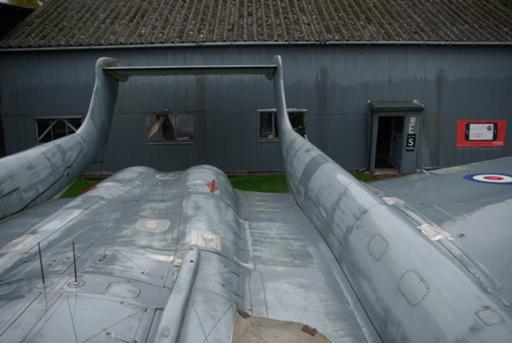
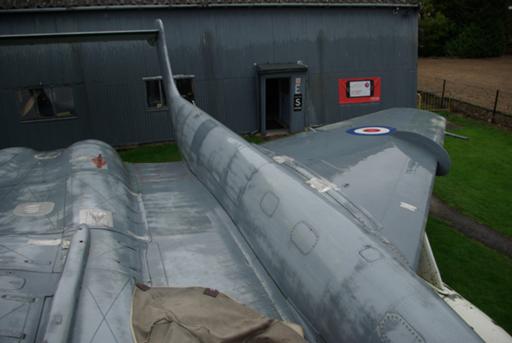
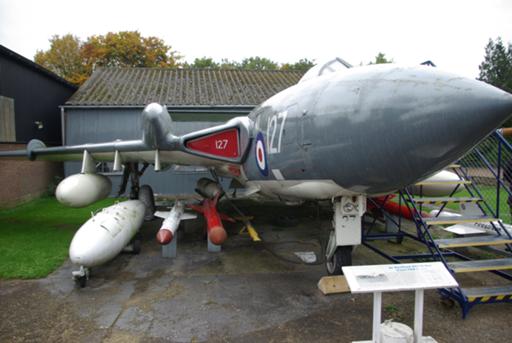
Sea Vixen, one of the many D.H. aircraft that I find very beautiful.
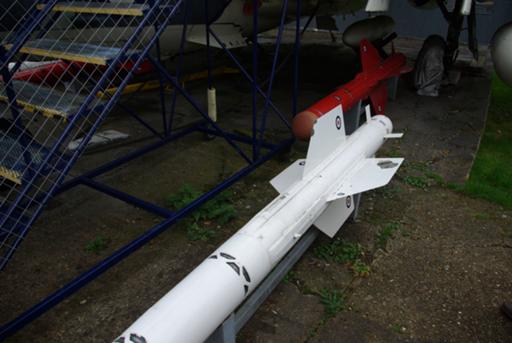
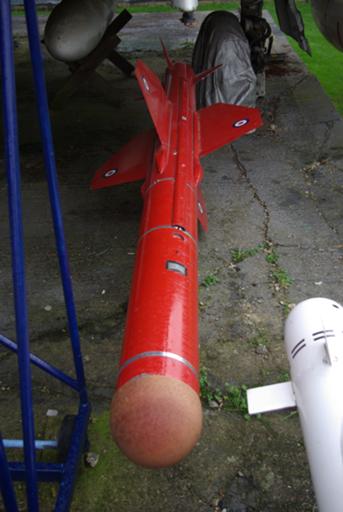
Firestreak and Red Top missiles.
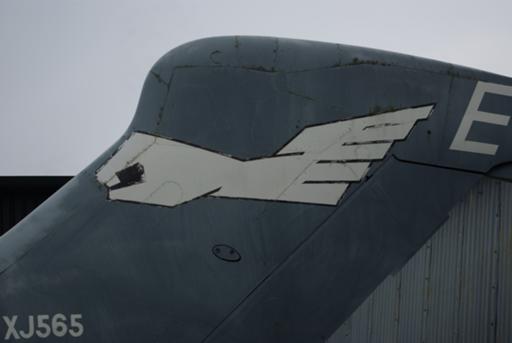
A squadron emblem lacking in subtlety, but it gets the message across.
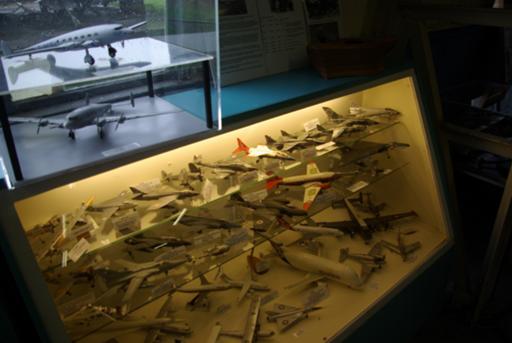
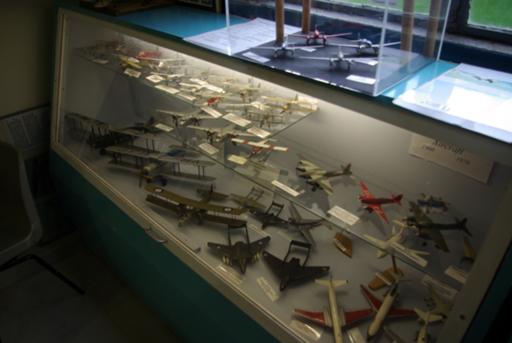
Many models in the prototype hangar.
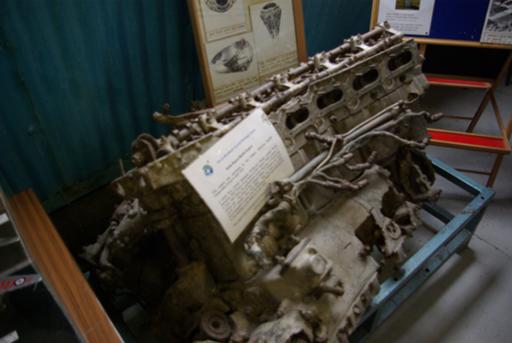
A Merlin, probably beyond restoration.
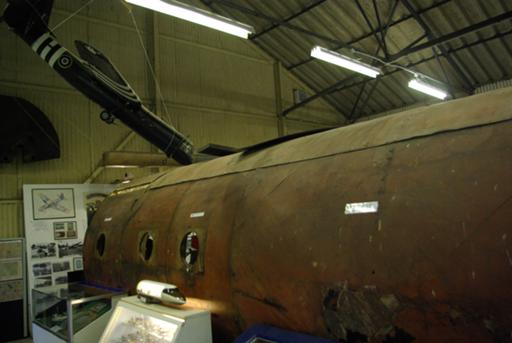
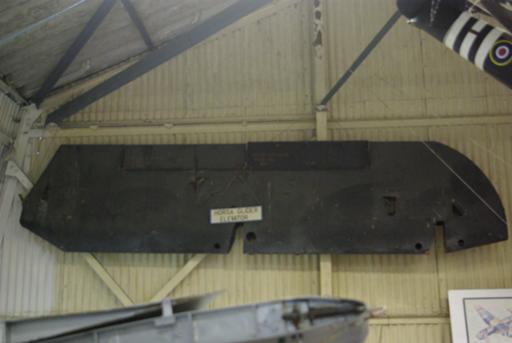
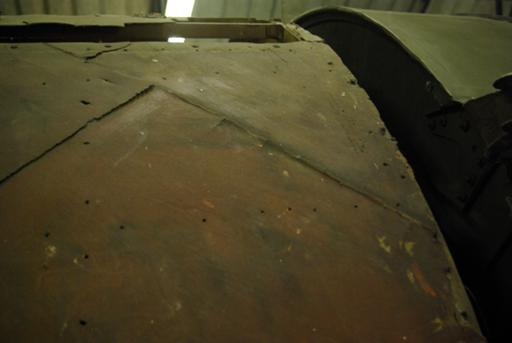
Horsa glider, one of very few survivors.
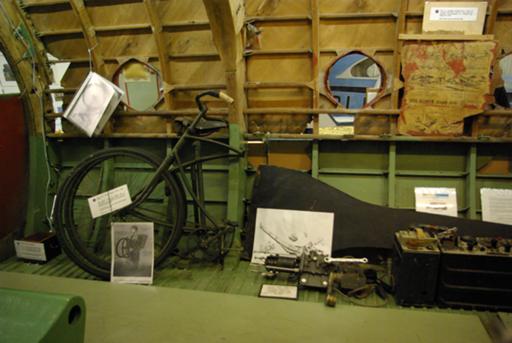
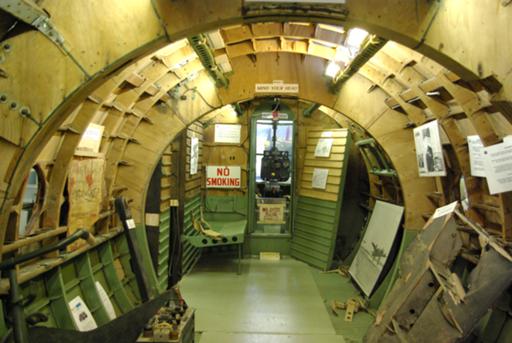
Inside the Horsa.
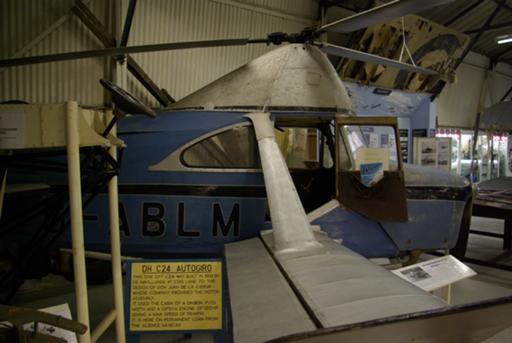
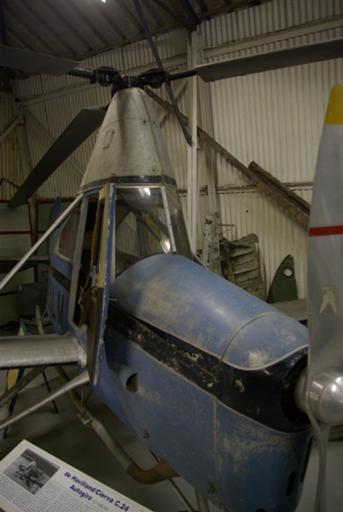
C.24 autogiro.
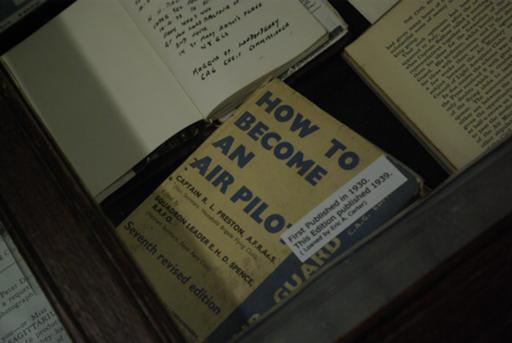
Handy reading, from an era when pilot still meant something else.
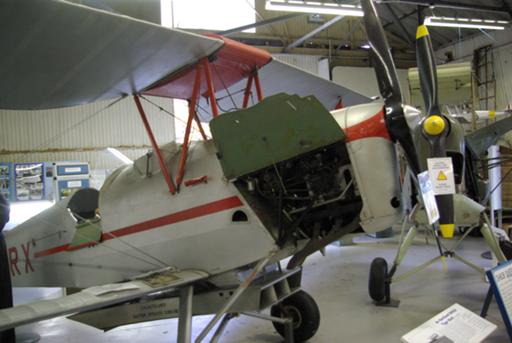
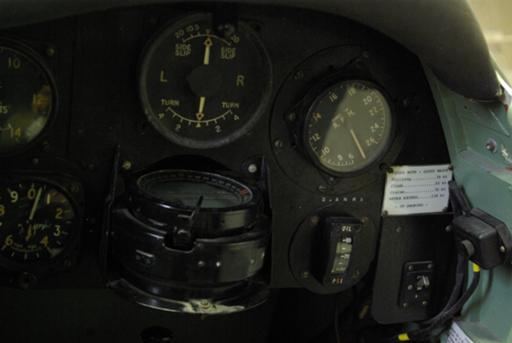
Tiger Moth, this one adapted for crop spraying with a tank where the
front seat was and a disperser below.
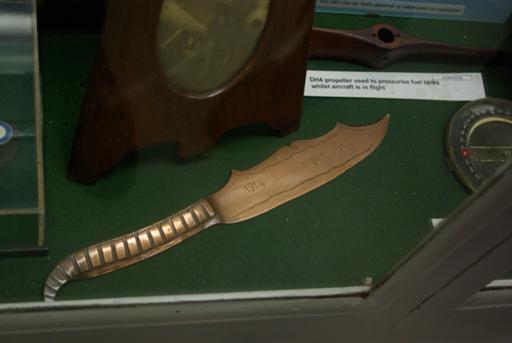
An odd brass or copper commemorative knife, not otherwise labelled.
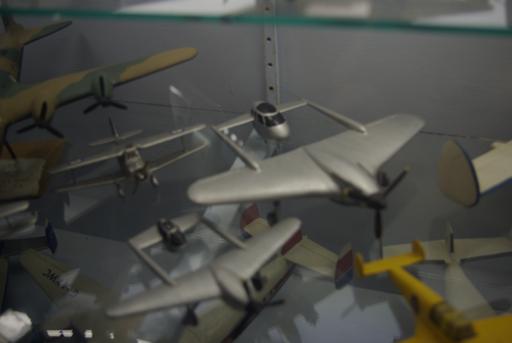
Airspeed 31 fighter project. One of their stranger designs; in theory
the pilot could raise or lower his seat to see over or under the wing.
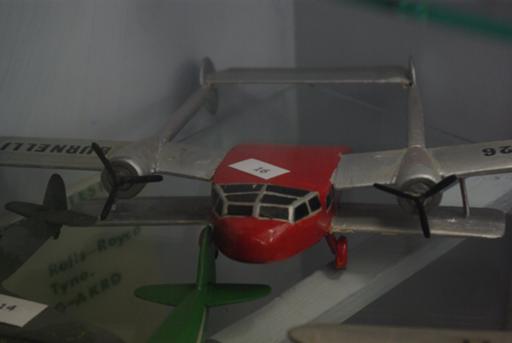
Airspeed 26, an early lifting-body design. This is purely speculative.
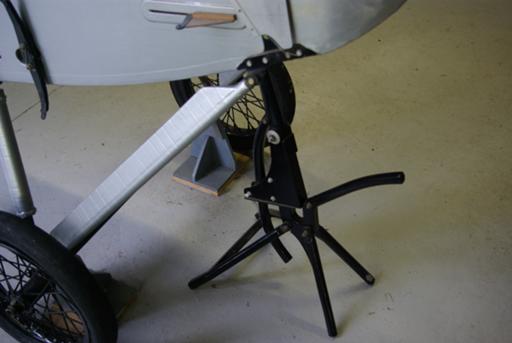
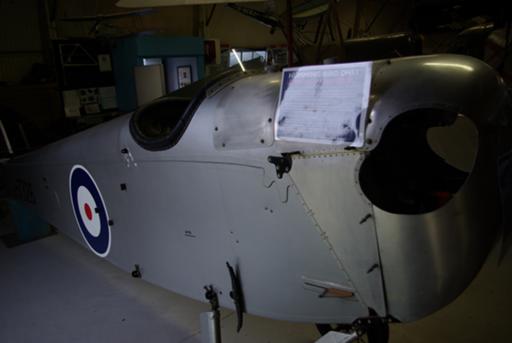
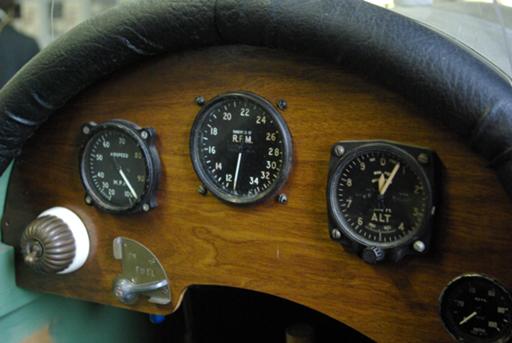
DH53 Hummingbird, designed for the Lympne Light Aircraft Trials
in 1923. And the airship hook gear with which it was later fitted.
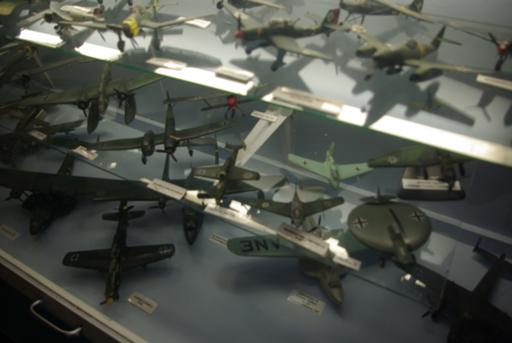
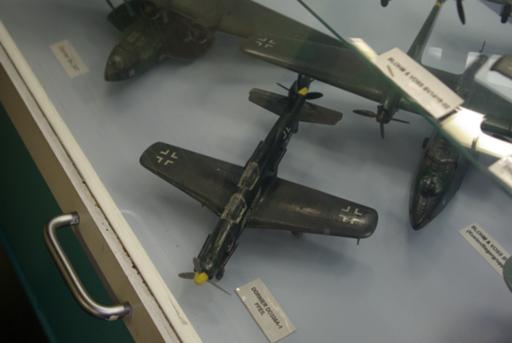
More models, largely of the "mad German" variety.
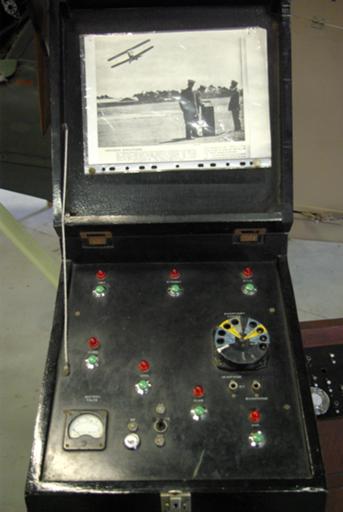
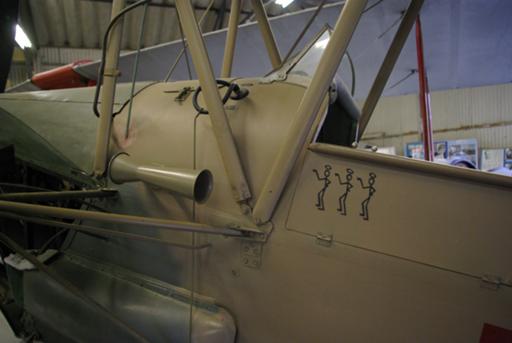
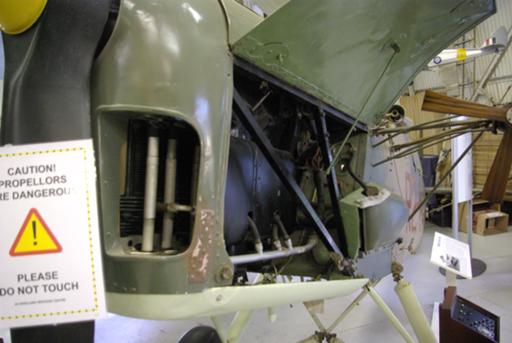
Queen Bee, adaptation of a Tiger Moth for use as a target drone.
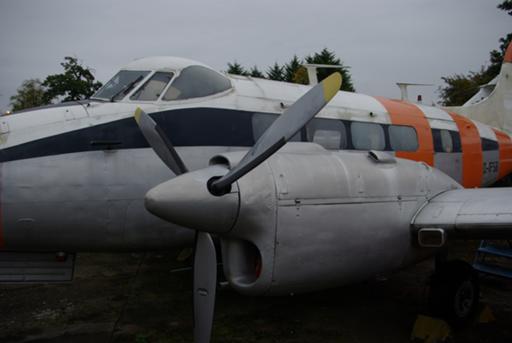
Dove, outside.
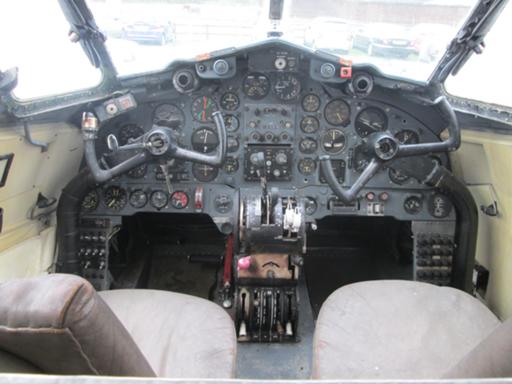
Cockpit of a different Dove.
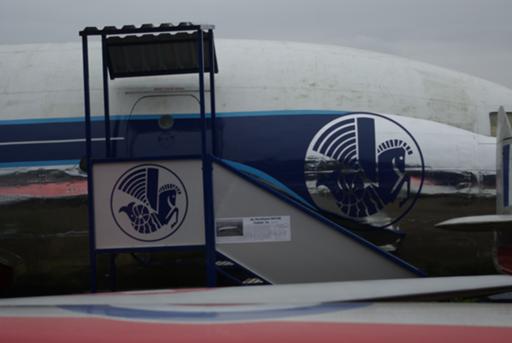
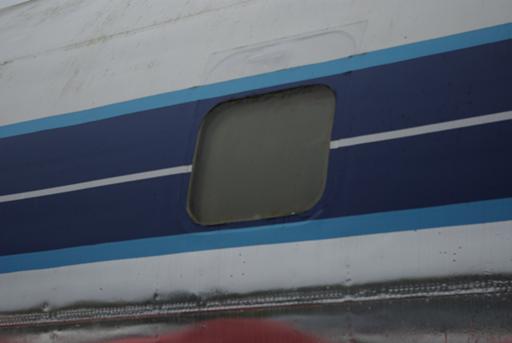
Comet Mk I, with original windows.
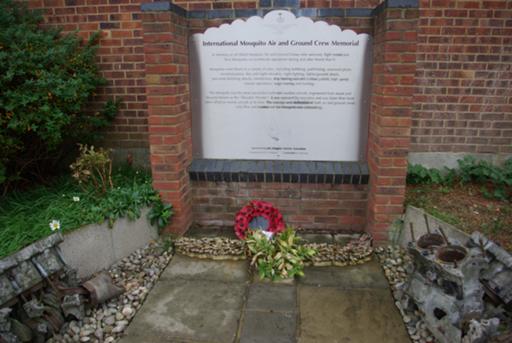
Mosquito Memorial, with engine parts.
Comments on this post are now closed. If you have particular grounds for adding a late comment, comment on a more recent post quoting the URL of this one.